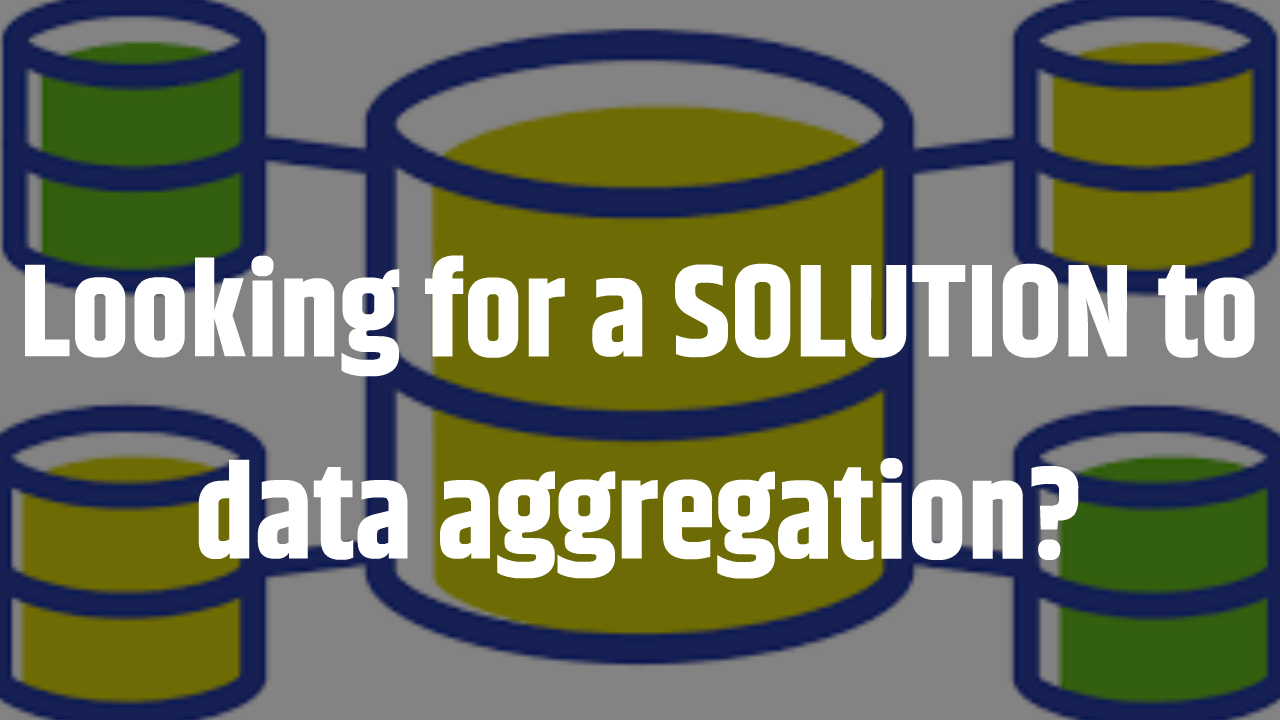What is Payroll Data Aggregation?
Points North • June 17, 2019
Employers often have to face complex issues regarding employee withholding taxes. This gets even more challenging when employees on their payroll, earn a mix of regular and non- standard income.
The non-standard income is known as supplemental wages and there are very strict rules regarding if the employer or the head of payroll can combine both types of withholding into an aggregate amount. This aggregate amount is then used for calculating
the final withholding tax owed by the contractor or the employer.
Payroll Data Basics
The Internal Revenue Service (IRS) categorizes employee wages as regular wages and supplemental wages. Regular wages are any amount paid through standard methods like hourly income or monthly salary. Every other kind of payment falls in the category of supplemental wages. It can be in the form of lump-sum, commissions, or advances.
Special payments covering vacations and illness are also categorized as supplemental wages. For this type of withholding, they can either opt for the aggregate method or a flat rate of 25%. In the aggregate method, the employers can pay taxes on both supplemental and regular wages at the rate specified for the regular wages.
Payroll Data Calculations
For calculating the withholding via the aggregate withholding method, the employer or the head of payroll needs to aggregate the payroll data. Then the tax rate for regular wages is used to calculate the total amount of withholding tax. The rate being used for this calculation is specified by the employee’s W-4.
The head of payroll or the employer then subtracts any tax amount which was previously deducted as withholding from the regular wages. And the rest is subtracted from the supplemental wages.
Payroll Data Required Use
Sometimes it becomes necessary that employers use the aggregate method rather than the flat-rate method. This happens if the employer failed to deduct withholding tax from the employee’s regular wages in the last fiscal year. It also becomes necessary if the payroll department of the company doesn’t separate the supplemental and regular payments.
The utilization of the aggregate method also depends on whether the employee received the regular wages and supplemental wages as separate payments or they received them together.
Common Scenarios
The IRS has specified 9 common scenarios for reducing confusion and helping employers regarding the calculation of their withholding taxes in an easy and accurate way. If the employee receives only semimonthly advances against future commissions, monthly commissions, or irregular commissions exceeding $1000 then the head of payroll must use the aggregate method. And if the supplemental wages were given in the form of severance pay, termination payoff, signing bonuses, lump-sum, sick pay, or vacation pay then the employer and the head of payroll is free to choose between the flat-rate method and the aggregate method.
Payroll Data Aggregation can be a very challenging task especially if you have multiple payroll systems and locations. If you are facing problems regarding this and need professional help then you should contact Who’sWhere, a division of Points North. We specialize in providing innovative and smart solutions for ACA compliance, certified payroll compliance, and workforce reporting.

Once employers have familiarized themselves with the ACA obligations, they should also know of the penalties associated with non-compliance. Identifying and paying for full-time employees is fairly easy because of the straightforward details of their job but for variable hour employees’, it is not as simple. Some organizations make use of the ‘limiting’ strategy to manage such schedules but this strategy as its own set of problems. Problems such as workforce scheduling and variable labor requirements are factors that make this strategy impracticable. We’ve combined some of the best ways to ensure ACA compliance in this article and examined how ‘guidance’ can help you limit penalties.

The new year brings new policies and regulations, so it's important to do a comprehensive review and update of your legal and HR compliance to make sure that you're on top of any new laws and regulations. Begin 2020 on the right foot, with the knowledge you'll need to answer any questions from corporate leadership, supervisors, and employees. Here's what you need to know.

As the fiscal year closes the employers have many queries regarding the status of the Affordable Care Act (ACA) Reporting. It is questioned every time the tax filing season looms. The answer to all these queries is that Yes! ACA is still the law and employers who tend to ignore their obligations towards ACA reporting can face some heavy penalties.

It is important to choose a reliable and secure data aggregation solution which provides you with the best data. If you manage to get financial data which is cleaned and enriched then you can make accurate assessments of the financial situation of your customers. Following are some of the things which you should look for while choosing a solution to data aggregation.

Due to the complexity of the process, utilizing a reputable software vendor to file your 1094/1095 data electronically with the IRS is considered to be a best practice. One reason for this is that if it turns out that there’s a problem with some of your ACA data, the IRS doesn’t necessarily make it easy to figure out what went wrong.

The past few years have brought forth a great deal of uncertainty surrounding the Affordable Care Act. The topic of ‘repeal and replace’ was front and center during the 2016 presidential and congressional elections, and 2017 saw several attempts at repeal, none of which were ultimately successfully at scrapping the law in its entirety.





